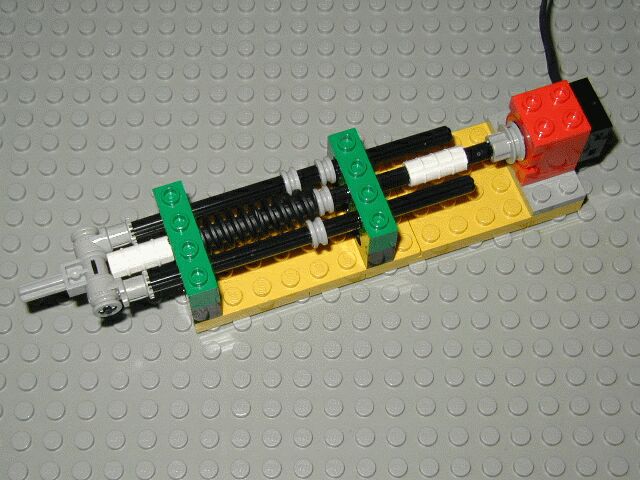
A linear motor or linear induction motor is an alternating current (AC) electric motor that has had its stator "unrolled" so that instead of producing a torque (rotation) it produces a linear force along its length. The most common mode of operation is as a Lorentz-type actuator, in which the applied force is linearly proportional to the current and the magnetic field (F = qv × B).
 Many designs have been put forward for linear motors, falling into two major categories, low-acceleration and high-acceleration linear motors. Low-acceleration linear motors are suitable for maglev trains and other ground-based transportation applications. High-acceleration linear motors are normally quite short, and are designed to accelerate an object up to a very high speed and then release it, like roller coasters. They are usually used for studies of hypervelocity collisions, as weapons, or as mass drivers for spacecraft propulsion. The high-acceleration motors are usually of the linear induction design (LIM) with an active three-phase winding on one side of the air-gap and a passive conductor plate on the other side. The low-acceleration, high speed and high power motors are usually of the linear synchronous design (LSM), with an active winding on one side of the air-gap and an array of alternate-pole magnets on the other side. These magnets can be permanent magnets or energized magnets. The Transrapid Shanghai motor is an LSM.
Many designs have been put forward for linear motors, falling into two major categories, low-acceleration and high-acceleration linear motors. Low-acceleration linear motors are suitable for maglev trains and other ground-based transportation applications. High-acceleration linear motors are normally quite short, and are designed to accelerate an object up to a very high speed and then release it, like roller coasters. They are usually used for studies of hypervelocity collisions, as weapons, or as mass drivers for spacecraft propulsion. The high-acceleration motors are usually of the linear induction design (LIM) with an active three-phase winding on one side of the air-gap and a passive conductor plate on the other side. The low-acceleration, high speed and high power motors are usually of the linear synchronous design (LSM), with an active winding on one side of the air-gap and an array of alternate-pole magnets on the other side. These magnets can be permanent magnets or energized magnets. The Transrapid Shanghai motor is an LSM.
No comments:
Post a Comment